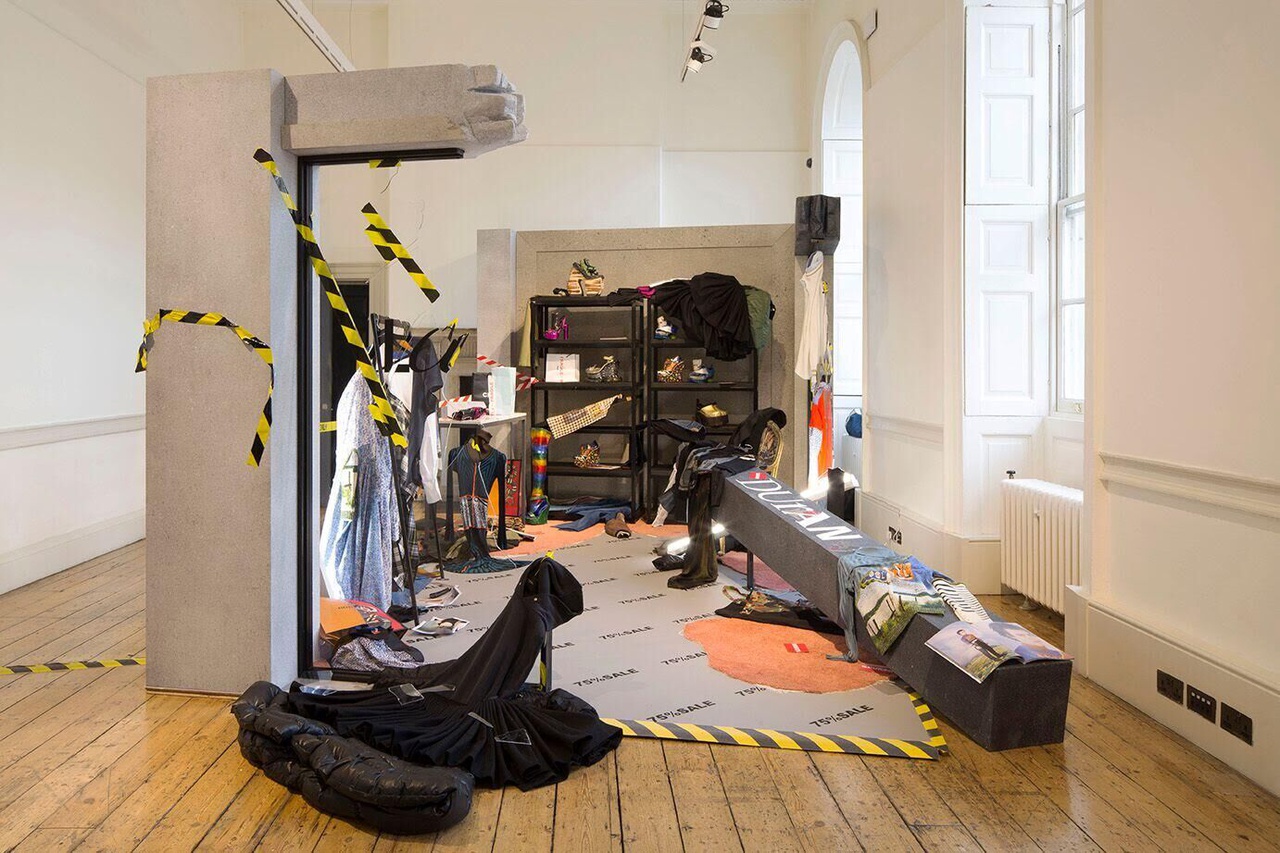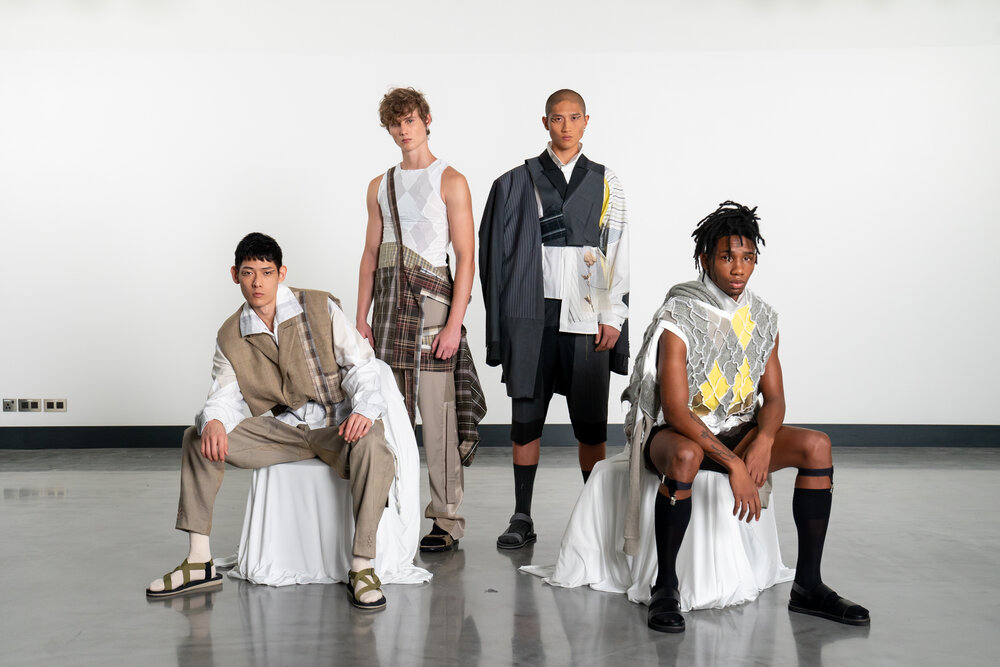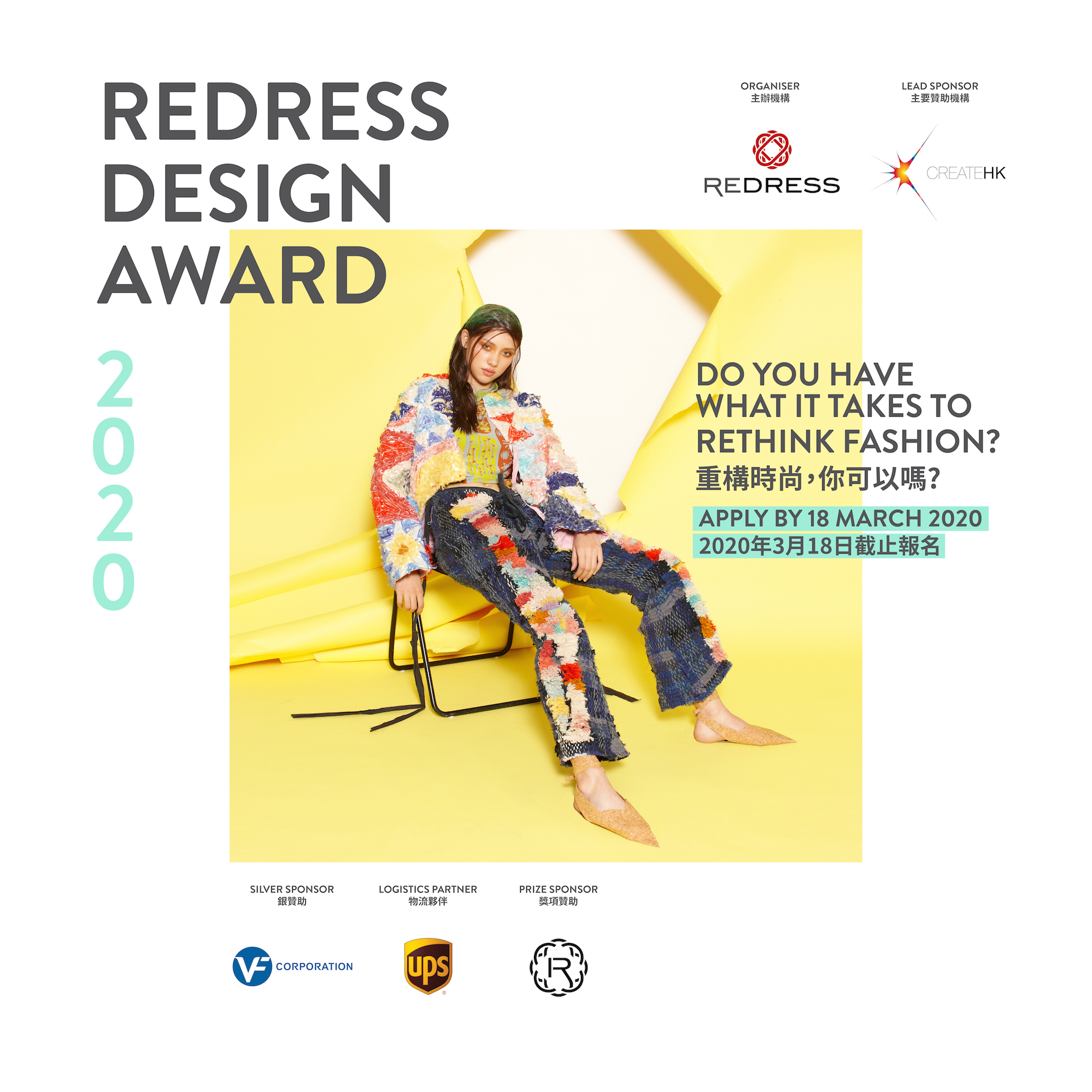‘The new’ isn’t chic, or is it?
The Fashion for Good x Redress event focuses on the question: ‘how can we design fashion differently? This is an online panel discussion moderated by journalist Susie Lau. She speaks with Christina Dean(founder of Redress), Gönül Yiğit (Dutch fashion designer and Redress Design Award 2020 finalist) and Duran Lantink (Dutch fashion designer and upcycling virtuoso). Fashion for Good is an organization founded in 2017. Their mission is to make the fashion industry more sustainable. They do so by connecting brands, innovative companies and all different types of initiatives who actively create change. One of these initiatives is Redress, the most well-known sustainable fashion design competition. The Redress Design Award 2020 Exhibition is revealed at the Fashion for Good museum in Amsterdam during the online panel discussion, bringing these two parties together.

Lau opens the discussion by stating: ‘it’s a year where the pace of fashion has come to a standstill, but also physical fashion is paused, it’s a timing issue.’ This relates to the current Corona crisis and what impact it has on everyone and everything involved in the fashion industry. There is a demand for a different pace, with several brands announcing they quit pre-collections like Michael Kors or Gucci. This shows a focus on ‘we need to do something, and we are going to do it.’ This mind set is also discussed by Dean. She explains how she noticed an improvement in the awareness of participants since the beginning of the Redress contest, more than ten years ago. Initially, the focus laid on resourcing waste, whereas now the participants come up with full (circular) lifecycles for garments. The level of understanding amongst these candidates is widely improved and she calls them ‘activists’ instead. Their focus is not only on doing it, but also on arguing the importance: ‘this is the only way to do it.’

Every participant in the Redress competition creates a garment with its own story and research. This gives more meaning to clothing, and this is exactly what Yiğit’s focus is as well. In the panel she speaks of the responsibility of designers to put (more) meaning and purpose into the clothing they make and design. She also expressed how disappointed she was when she discovered how the fashion industry operated. It was really nice to hear her say those words, as I completely support this view. I also feel disappointed as a fashion student by the functioning of the industry, and I am sure we are not the only ones.
Another issue is the level of sale in the industry, which is at the core of Lantink’s practice. He once scrolled through Farfetch and constantly saw the red sale sign. He questioned: ‘how could it be possible that all designers and houses have this thing that is called sale?’ And ‘where is this sale thing going and what are people doing with it?’ I find these questions relevant as my mailbox is exploding with e-mails shouting‘ now more pieces 70% off’, and the number of emails has only increased since the beginning of the crisis.
This relates to the following question Lau asks: ‘How do we shift away from the idea that everything should be 100% new?’ Lantink mentions that ‘100% new it not chic. Repurposing or renewing is the new chic, because of the knowledge about the dirtiness of new stuff.’ The fashion industry has always been about ‘the new’.
Trends are used to communicate that fashion is now ‘up-to-date’, and that we should dispose our old clothes because they are out of style. This feeds an immense desire for consumption and can be indeed called dirty. But what about new ideas, new materials and new narratives? For example, Yiğit with her desire to create more meaning into garments with her collection Suitable? And Lantink by putting new life into old stock with his eclectic designs? They give another meaning and definition to the word ‘new’, one that I would like to see for the fashion industry. This ‘new’ is a problem solver, as opposed to the dirty, producing and – unfortunately – current ‘new’.
The fashion industry’s focus on ‘the new’ is not chic. However, ‘the new’ created by Dean, Yiğit and Lantink is, each in its own way, chic. Isn’t it?
